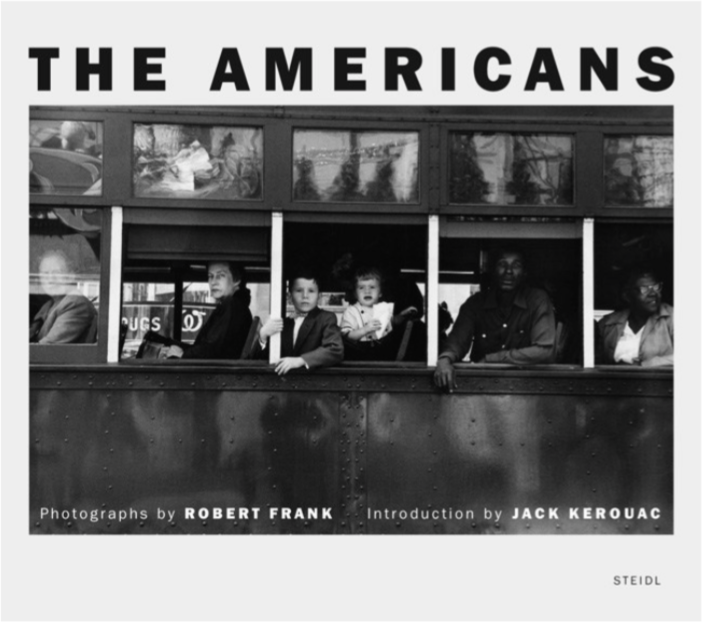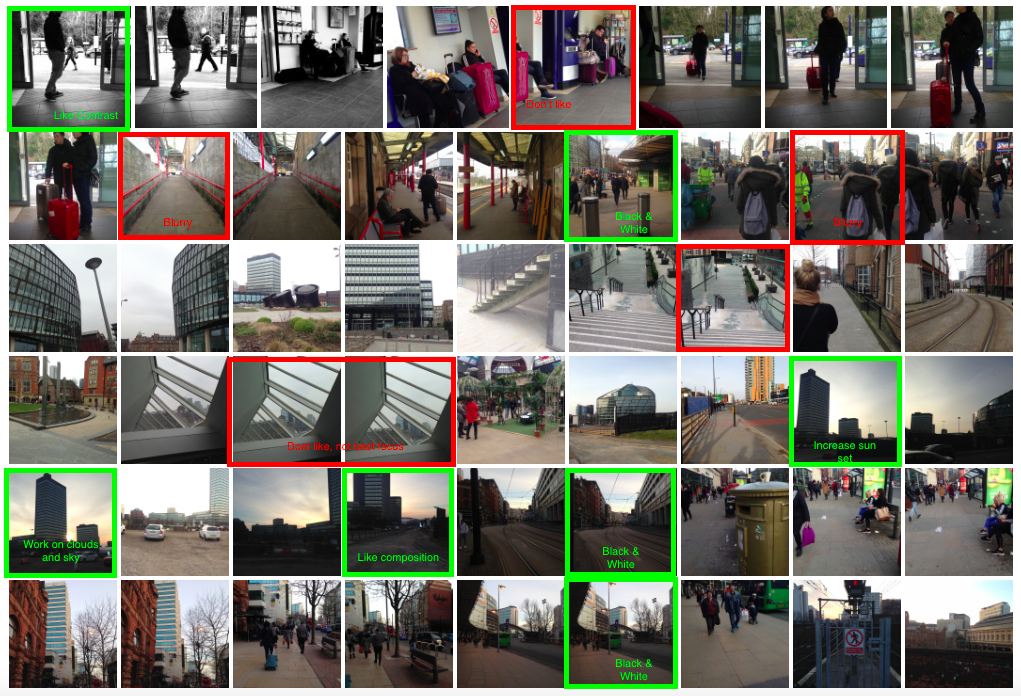Robert Frank born in Switzerland didn’t want to build his future in the country. He wanted something bigger, Frank embarked on his journey to America and spent a considerable amount of time in NYC, where he met some of the most influential photographers and curators at the time including Andre Kertesz, Walker Evans, Louis Faurer, and Edward Steichen. From this Frank developed his skills behind a camera. However in around 1953, Frank became discouraged after wandering and shooting the streets of NYC for about 6 years. One of his main frustrations was that he couldn’t get his photographs published more widely. For example, he would often be rejected by LIFE magazine to publish his work.
This is a quote frank said about LIFE magazine.
“I developed a tremendous contempt for LIFE, which helped me. You have to be enraged. I also wanted to follow my own intuition and do it my own way, and to make concessions – not make a LIFE story. That was another thing I hated. Those goddamned stories with a beginning and an end. If I hate all those stories with a beginning, a middle, and an end then obviously I will make an effort to produce something that will stand up to those stories but not be like them”.
A massive influence of Robert Frank was Cartier Bresson or the “God Father of Street Photography” When Frank first moved to NYC, one of the first photography exhibitions he saw was by Henri Cartier Bresson at the MOMA. Cartier Bresson’s work had a huge impact on Frank that challenged him to take his photography to the next level. “Looking In”.
“Frank quickly learned from and assimilated new influences, often only to turn against them after extracting that all he found useful, a pattern that repeated itself throughout his life. Within the first three weeks of his arrival in New York, he visited the Henri Cartier Bresson exhibition at the Museum of Modern Art, among the last of the exhibitions that Beaumont and Nancy Newhall organized here. Frank was deeply impressed, it challenged him to become more than a fashion photographer.
Furthermore Cartier-Bresson’s exhibition showed Frank the power of photography and how many opportunities it presented. Frank said later that seeing that exhibition
“Was a very good instruction.” He saw that the field of photography was much broader and more open to him, continuing: “I had the feeling that I could do something else. I just saw possibilities. I wanted to try them and do them”.
Frank wasn’t always this good behind a camera he took on a lot of techniques from different photographers that made he the better and more all round and more technically developed photographer. One of the photographers he met was Alexey Brodovitch.
When Frank was a young photographer, he shot mostly with a medium-format square-format Rolleiflex camera. However Alexey Brodovitch, a Russian-born photographer, designer and instructor (who Frank looked up to) suggested him to ditch the Rolleiflex for a 35mm Leica. Brodovitch suggested that the Leica could create more fluid, immediate images, whereas the Rolleiflex was much slower and bulkier by comparison.
Furthermore, Brodovitch encouraged Frank to “unlearn his methodological Swiss habits and taught him to take risks”. You can see that Frank took up Brodovitch’s advice by leaving his comfortable home of Switzerland to pursue photography in NYC.
One of the most poignant themes that Frank pursued in “The Americans” was the disparity of wealth in America, as well as the blatant racism. One of the subject matters that hadn’t been explored much during his period was the rich. He didn’t want to just photograph the poor and the middle class – as he wanted to paint a fuller- picture of the American socio-economic classes.
He wanted the show the divide from wealthy and poor. Traveling through America Frank captured Hundreds of photos in this way. Just take the front cover of “The Americans”. Look at the divide of white people to black people, they don’t want to sit with them that’s why they’re at the back of the bus.

America in the 1950’s
In the 1950’s in America is was just recovering from the war then were recovering very quickly and very strongly with the era for Elvis Presley and Martin Luther King Jr. and also Marilyn Monroe so the social side of it was absolutely huge with celebrities and the news following everything Martin Luther King Jr. did. But not everything was about the celebrities and what they did everything was changing from The Cold war being taken place and the Korean War being held it was a very tense time for the government. With an increase in manufacturing and home construction amongst a post-World War II economic boom. The Cold War and its associated conflicts helped create a politically conservative climate in the country, as the quasi-confrontation intensified throughout the entire decade.
The impact this gave on Robert Frank was that everything was blooming the cities were busier than ever that gave Frank the edge to take a lot of street photography.
Take this photography of the people on the bus, I think it’s probably my favourite of the lot and that because of lot of reasons. Firstly the lines on the bus everything it’s pretty much square so technically it’s already a pretty good photo, but that,s not why I like it I like the way he’s portrayed the racism in America with the white people sitting away from the black people and even the type of clothes they’re wearing with the small children in the middle of the photograph wearing a suit and a dress and the black man to the right just wearing a old shirt. This also opens my eyes to the wealth divide in America in the 1950’s.
Robert Frank has really influenced my into going out and taking a lot of street photography photos because just looking at every single photo he takes it tells a story and that what I want my photos to do. I don’t look for how well the golden ratio has worked it a photo or how good of a composition there is I look for the story and Robert Frank constantly tells me about America through his photographs.






























































